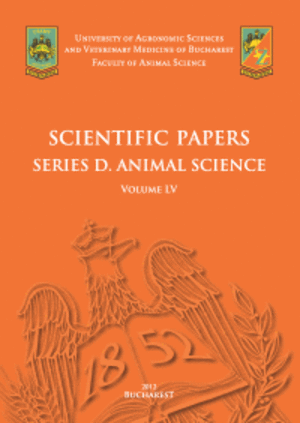Published in Scientific Papers. Series B, Horticulture, Vol. LXVIV, Issue 1
Written by Damian DRAGOMIR, Cătălin-Viorel OLTENACU, Dragoș Vasile OFRIM, Cristian CĂLINIȚĂ, Bogdan Alexandru OFRIM, Dragoș Mihai OFRIM
Hortivoltaic systems, integrating renewable energy generation with microclimate control, offer sustainable solutions for agriculture under climate change. This study examines the effects of semi-transparent photovoltaic panels on strawberry (Fragaria x ananassa) cultivation. Conducted at the Moara Domneasca Experimental Base in Romania, the experiment used two panel types: PV1 (48.92% transparency) and PV2 (77.01% transparency), alongside a control area. Microclimate monitoring included soil moisture, soil and air temperature, and humidity. Results showed that air temperatures under PV systems were 5.30°C lower than the uncovered control, reducing heat stress. PV panels also lowered soil temperatures (e.g., 21.86°C under PV1 vs. 22.60°C in the control) and increased soil moisture due to reduced evapotranspiration. Regarding strawberry quality, PV1 panels negatively affected fruit weight and sugar content, while PV2 panels maintained comparable sugar levels (30.33% Brix) and firmness (3.27N) to the control. These findings highlight the potential of hortivoltaic systems to optimize crop productivity in hot climates, offering dual benefits of energy production and sustainable agriculture. Future research should explore long-term impacts.
[Read full article] [Citation]




